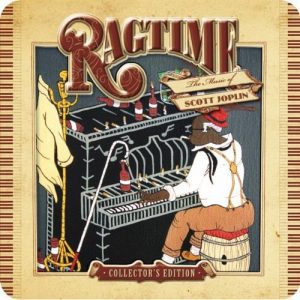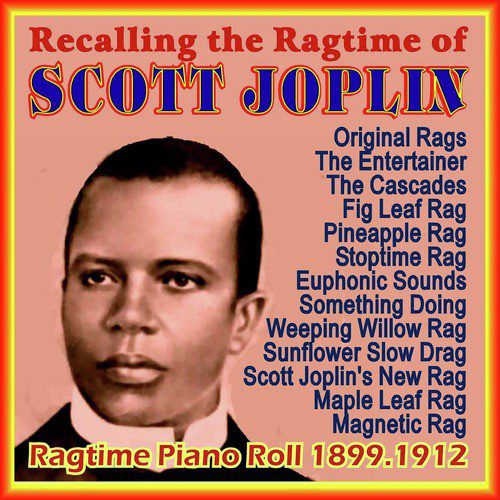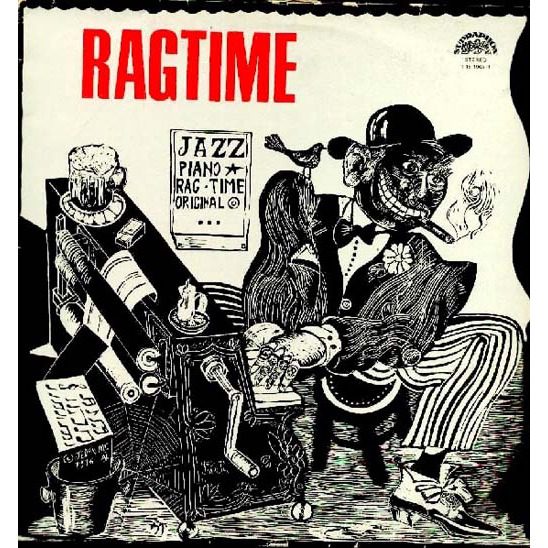Ragtime first introduced in the late 1890s introduced a unique style of music that consisted of a lively and syncopated rhythm that would continue to change the way music is created.
Introduction
Classic Ragtime was first introduced in 1896, originating mainly from the Midwest and South. Ragtime was influenced by what was referred to as “coon songs” and minstrel shows, African American banjo styles, and the cakewalk’s syncopated (off-beat) rhythms. Ragtime coined its name from the “ragged rhythms” played most commonly by a pianist. Syncopated melodies were played by the right hand as it pulsed against the strict two beats in the left-hand accompaniment. Ragtime is one of the best examples within the genre that depicts the transition from oral transition to printed music, as its sheet music was sold and became visible in the printed medium and could be adopted by others. However, publishing rags and gaining royalties from the publishing industry was difficult for African Americans. African Americans who dominated the Ragtime genre often chose not to publish their compositions because of their established titles as performers rather than composers.

Scott Joplin and Ragtime

Three composers remain the face of Ragtime, Scott Joplin, James Scott, and Joseph Lamb. These three men created compositions filled with syncopated rhythms, advanced chord progression, and melodies. Despite these three men significantly impacting the genre of Ragtime, Scott Joplin is pegged as the King and father of Ragtime. During his career, Joplin wrote over 40 original ragtime pieces. One of his first and most famous pieces, the Maple Leaf Rag, became the genre’s first and most influential hit of the genre. As he contributed to Ragtime through his compositions and pieces, he published his School of Ragtime, a collection of amateur players’ piano exercises.

Ragtimes effects on Music
Ragtime was one of the most popular forms of music in the United States between 1896 and the 1920s and continued to impact music past then. Ragtime served as a precursor to jazz due to its spirited and syncopated rhythm that has become an influential part of jazz and blues. Ragtime continues to inspire performers, listeners, dancers, and composers and draws attention to the power of American popular culture.

